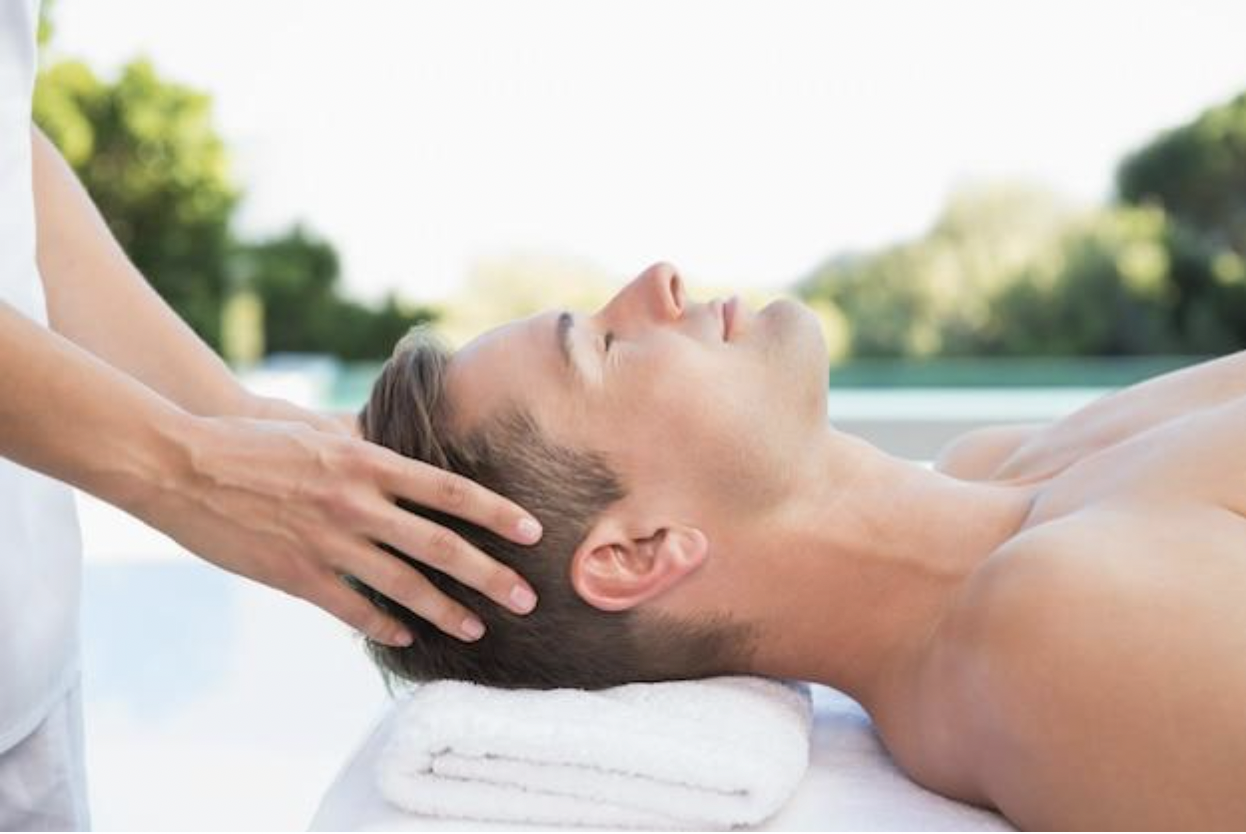
Massage therapy has been practiced for centuries as a way to promote relaxation, ease muscle tension, and improve overall well-being. Whether you're dealing with chronic pain, stress, or simply looking for a way to enhance your self-care routine,오피 can be a powerful tool for maintaining both physical and mental health.
In this article, we'll explore how massage therapy benefits the body and mind, the different types of massage techniques, and how to incorporate massage into a healthy lifestyle.
Massage therapy isn't just about relaxation—it has numerous scientifically backed health benefits. Regular massages can:
Many people turn to massage therapy to help with muscle stiffness and pain relief. Techniques like deep tissue massage and trigger point therapy target tight muscles and knots, helping to release built-up tension. This can be especially beneficial for individuals suffering from:
Massage therapy stimulates blood flow, allowing oxygen and nutrients to reach tissues more efficiently. Improved circulation can help:
Studies suggest that massage therapy can boost the immune system by stimulating the lymphatic system, which helps remove toxins and waste from the body. A strong immune system means fewer illnesses and a faster recovery from colds and infections.
Poor posture is a common issue, especially for those who spend long hours at a desk. Regular massages can help:
For individuals recovering from surgery or injuries, massage therapy can be an essential part of rehabilitation. It can:
Beyond physical benefits, massage therapy is also an effective way to improve mental and emotional well-being.
One of the most well-known benefits of massage is its ability to reduce stress. Massage therapy lowers cortisol levels (the stress hormone) while increasing serotonin and dopamine, which promote relaxation and happiness. This makes it an excellent therapy for individuals dealing with:
If you struggle with insomnia or poor sleep, massage therapy might be the solution. Studies show that massage:
Massage therapy improves blood circulation to the brain, which can help with:
People suffering from depression may find relief through massage therapy. The combination of human touch, relaxation, and endorphin release can significantly improve mood and overall well-being.
There are several types of massage, each designed to address specific needs:
A gentle, relaxing massage that focuses on overall relaxation and muscle tension relief. Ideal for beginners.
Targets deeper layers of muscle and fascia to alleviate chronic pain and tightness. Best for those with high levels of muscle tension.
Uses heated stones to relax muscles and improve circulation. Great for stress relief and deep relaxation.
A combination of stretching and pressure point techniques to increase flexibility and energy flow.
Designed for athletes to prevent injuries, improve performance, and speed up recovery.
Combines essential oils with massage techniques for enhanced relaxation and therapeutic benefits.
Here are some practical ways to make massage a part of your self-care regimen:
Massage therapy is a powerful tool for enhancing both physical and mental health. Whether you're looking to relieve pain, reduce stress, or improve overall wellness, regular massages can make a significant difference in your quality of life. By understanding the benefits and incorporating massage into your routine, you can enjoy long-term health and relaxation.